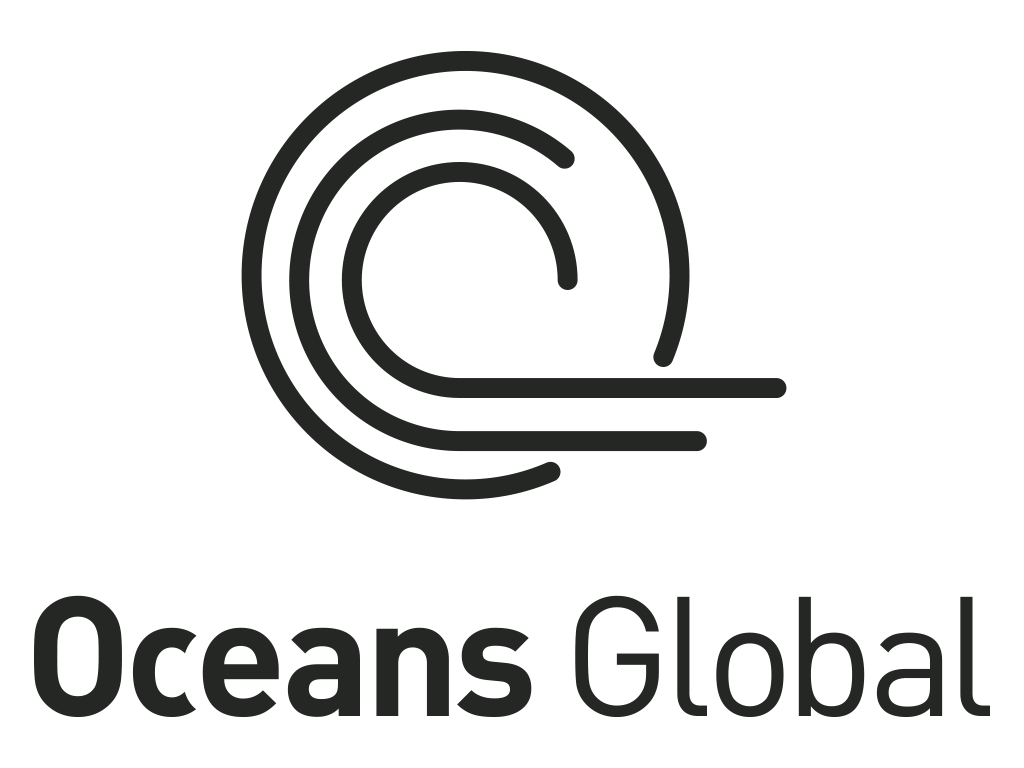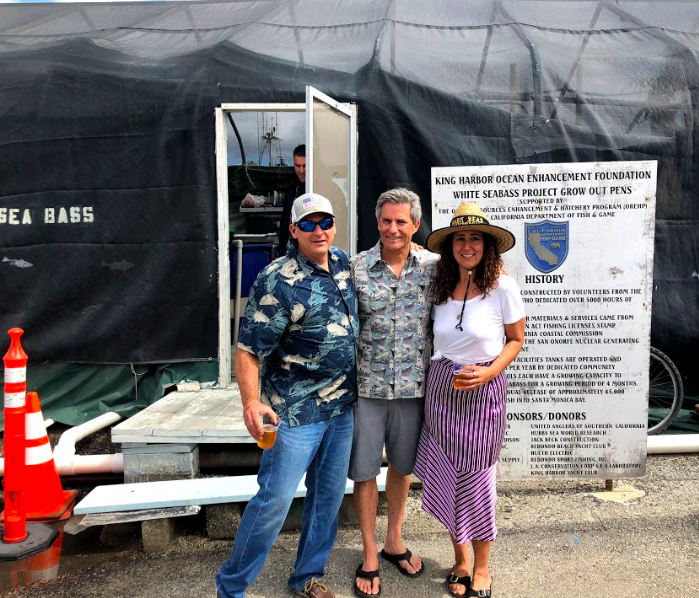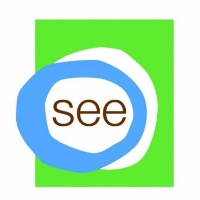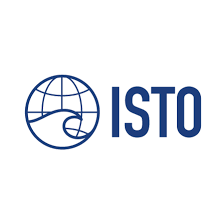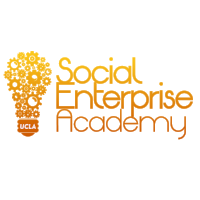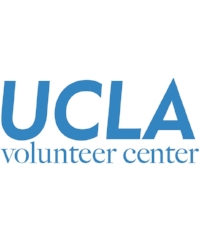15 Year Old Fish Discovered in Oceans Global 2018 Spearfishing Tournament
/A white sebass born and raised at Hubbs-SeaWorld Research Institute’s (HSWRI) Leon Raymond Hubbard Jr. Marine Fish Hatchery in 2003 was turned in by spearfisherman Joe Farlo in April 2018. The submission of the white seabass head by Farlo coincided with the 2018 Kirk McNulty White Seabass Spearfishing Classic, which requires spearos to submit their heads to qualify for the tournament. The 15 year old fish is HSWRI’s second oldest (The oldest fish to be recaptured was caught the same year. More on that below.) fish to be recaptured. The tagged fish managed to travel roughly 80 miles from its time of release in 2003 from the Carlsbad hatchery to its location of capture in 2018.
Joe farlo with second oldest HSWRI tagged white seabass
Historically, the majority of recaptured heads (with wire tags) have come from commercial fisheries and those numbers have proven to be low by some critics. With the inception of the Kirk McNulty tournament, Oceans Global wanted to help validate whether the HSWRI program is actually beneficial. Due to the tournament, more white seabass being caught in recreational areas throughout California would have their heads submitted back to HSWRI. Five years into the Kirk McNulty tournament; the first three being optional to turn in heads with the most recent two years mandating head submissions. HSWRI has received roughly 40 heads from the Oceans Global backed tournament so far. With 2018 providing our first recapture. Oceans Global is looking to increase overall awareness of the “Save your white seabass head” program beyond the annual tournaments two-month span.
Joe Farlo, Mayor of redondo Beach and Oceans Global’s Sophia neveu at the King Harbor White Sea Bass Grow out
Additionally, In January of 2018, kayak angler Greg Barnicoat caught a tagged white seabass in Torrance that would become HSWRI’s oldest fish to be recaptured in the program. The 46.5 pound and 52 inch long white seabass caught in 145 feet of water originated from a spawn in August of 1997 and released near Dana Point in February of 1998. Barnicoat volunteers at the King Harbor white seabass grow out in Redondo Beach, which made him well aware of the potential for a tag, so naturally he turned in the head. Every time HSWRI rears a batch of white seabass, each fish receives a coded wire tag that identifies its history. The magnetically encoded tags are scanned to reveal whether they are holding data.
White seabass Encoded Tag
Under the watchful eye of the Ocean Resources Enhancement and Hatchery Program (OREHP), HSWRI runs a white seabass hatchery in Carlsbad, which distributes juvenile seabass to grow out pens spread throughout California. The program is administered by the Department of Fish and Wildlife (DFW) which is largely funded by recreational anglers through the Ocean Enhancement Stamp. As proven by the size of fish being submitted and verbal reports from spearos there has been a consistent increase in the once dwindling white seabass numbers.
Greg Barnicoat with oldest hswri tagged Whie seabass
It’s our hope that we will see increased submissions proving the value of this longstanding program. Ultimately, our priority is keeping an eye on our oceans and ensuring a well balanced, respectful approach to harvesting fish from it’s waters.
